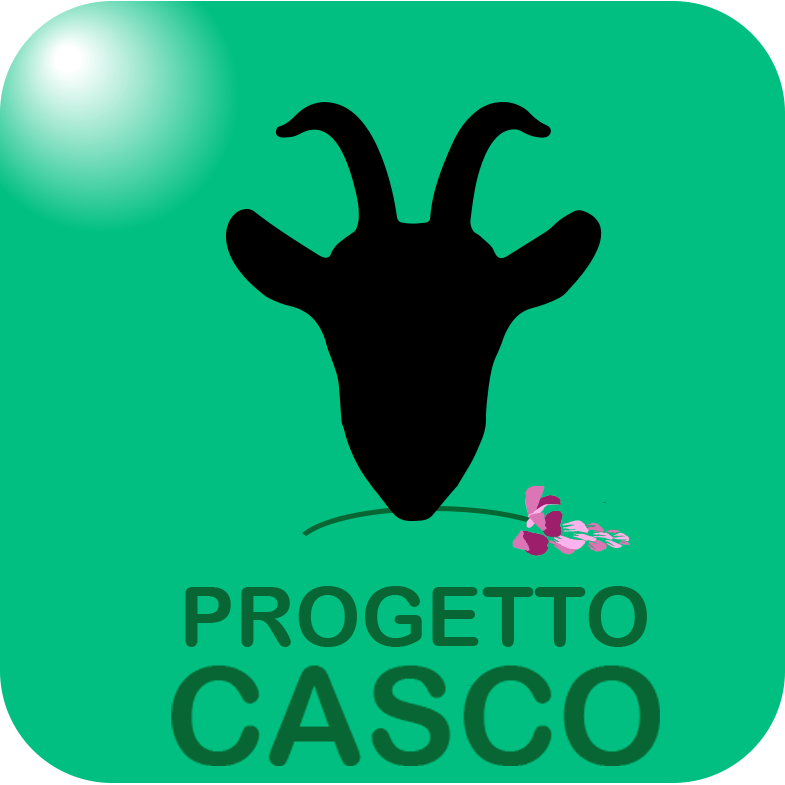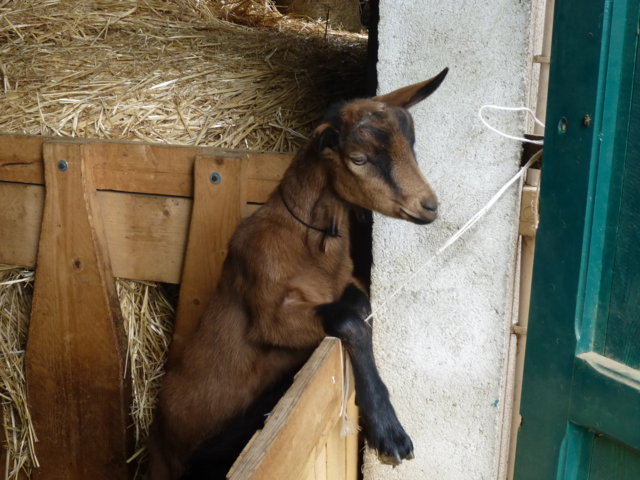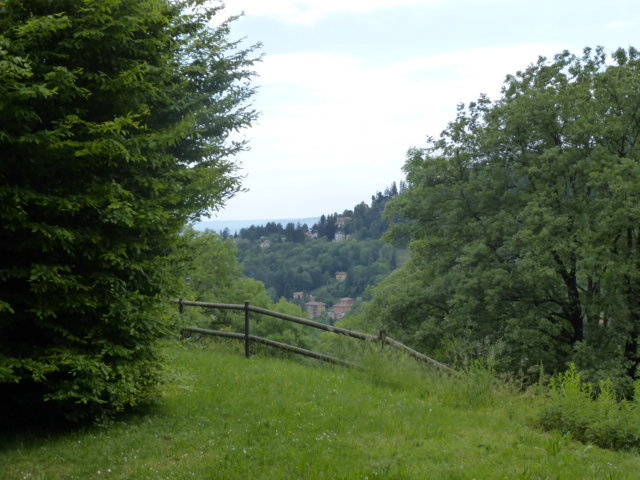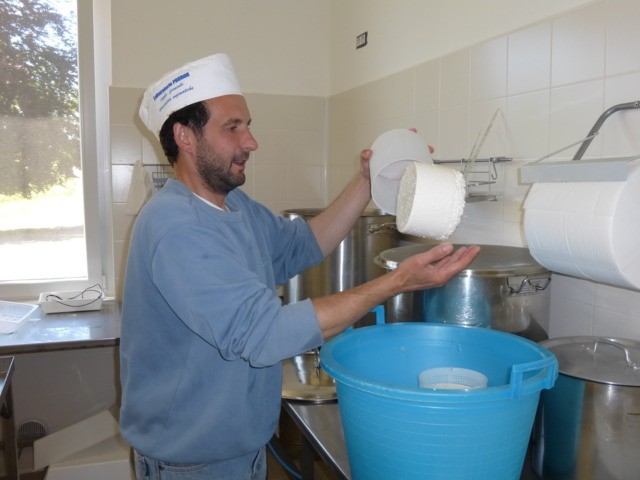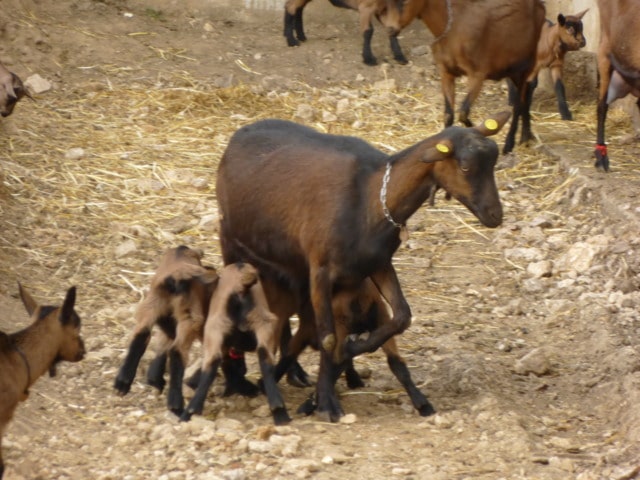Farm “Elleboro” of Cangi Samuele
Farm characteristics
Conventional dairy goat farm
After twenty years of experience in catering, in 2011 Samuele with the whole family (wife and two daughters) moved to the mountain territory of the Monte Martica – Chiusarella area (Campo dei Fiori Regional Park) starting the activity of dairy goat farmer. Since 2017 the farm has been part of the Slow Food Lombardy project “Comunità del Cibo SOPRALAPANCA”, which aims to produce a raw milk lactic fermentation cheese “CAPRACANTA” with self-produced ferments with respect for animal welfare.
